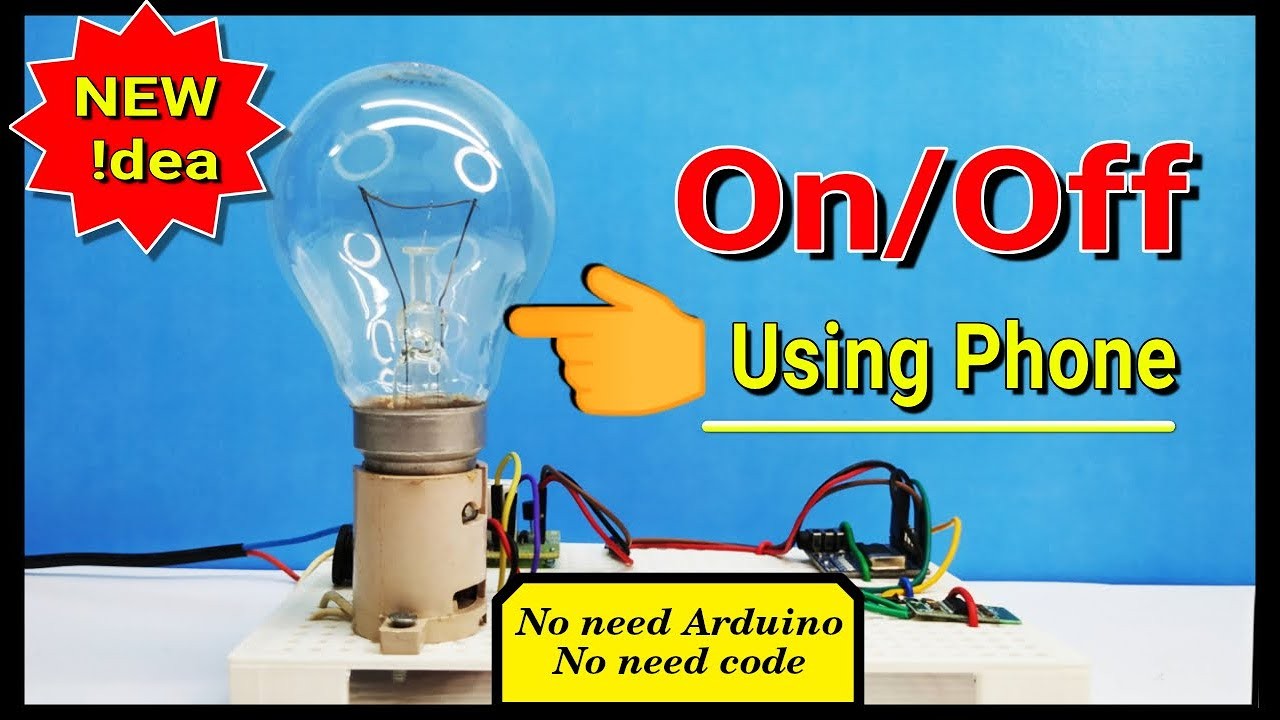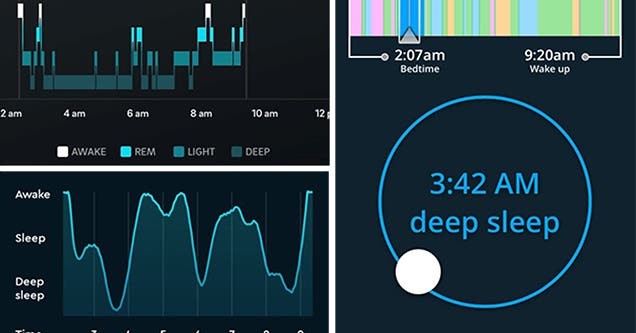In today’s fast-paced world, the desire to simplify everyday tasks and enhance convenience has driven many homeowners to explore smart home technologies. Among the most popular and impactful ways to modernize a living space is by automating the lighting system. Beyond the novelty, automated lighting offers tangible benefits — improved energy efficiency, increased comfort, and even added security. However, for many people, the idea of programming or coding to control lights can feel intimidating, steering them away from embracing this technology. The good news is that automating your lights no longer requires technical expertise or writing a single line of code. Thanks to user-friendly devices and intuitive apps, anyone can transform their home lighting with ease.
The first step toward effortless lighting automation is understanding the range of smart lighting products designed with accessibility in mind. Unlike traditional lighting upgrades that demand rewiring or professional installation, modern smart bulbs and switches come ready to integrate with minimal setup. For example, smart bulbs from popular brands can be screwed directly into existing light fixtures, just like regular bulbs. These bulbs communicate wirelessly with your home network, allowing you to control them via smartphone apps. This plug-and-play approach removes much of the complexity that once surrounded home automation, making it approachable for even the least tech-savvy users.
A defining feature of today’s smart lighting systems is their emphasis on seamless app-driven control. Most smart bulbs or switches come with dedicated applications designed for both iOS and Android devices. These apps provide straightforward interfaces to adjust brightness, color temperature, or switch lights on and off remotely. For instance, a homeowner could set the living room lights to a warm glow during evening relaxation hours, all with a simple tap or pre-set schedule. The intuitive design of these apps encourages experimentation, empowering users to customize their lighting without the need to learn programming languages or complex setups.
One of the greatest advantages of these systems is their ability to automate lighting based on triggers or schedules, all managed through the app’s user-friendly interface. Imagine arriving home after sunset, and your porch lights automatically turn on, guiding you safely to the door. Or picture your bedroom lights dimming gradually to help signal bedtime, without requiring manual adjustment. These scenarios are no longer just futuristic concepts; they are readily achievable with popular smart lighting ecosystems. The key is that these automation rules are created by selecting options and parameters from menus rather than writing code. For example, you might set a “scene” that adjusts multiple lights simultaneously with a single command, or program lights to respond to your smartphone’s location, turning off when you leave the house.
Another important consideration when automating lights without coding is integration with voice assistants. Many smart lighting brands are compatible with platforms such as Amazon Alexa, Google Assistant, or Apple’s Siri. This integration adds an extra layer of convenience by enabling voice commands to control lighting instantly. Whether you want to brighten the kitchen while cooking or turn off all lights before bed, simply speaking the command removes the need for physical interaction with switches or apps. Setting up voice control is typically a guided process within the associated apps, requiring only a few clicks and account linking, making it accessible for most users.
Security and privacy often arise as concerns when adopting smart devices, but manufacturers have made strides in protecting users. Choosing reputable brands that prioritize data encryption and provide regular software updates is essential. Moreover, since lighting automation often occurs locally within the home network, it reduces dependency on external servers, thus limiting exposure to online vulnerabilities. For example, some systems allow users to control lighting even when the internet is down, ensuring that automation continues to serve its purpose reliably. This balance between convenience and security is critical in making smart lighting a trustworthy addition to your home.
Cost can be a factor that deters people from pursuing home automation, but the market now offers options to suit various budgets without sacrificing ease of use. Entry-level smart bulbs are affordable and provide essential features to start automating lighting without coding. Over time, these can be complemented with smart plugs, motion sensors, or more advanced bulbs with color-changing capabilities, building a more sophisticated system gradually. This modular approach allows homeowners to spread investment over time and discover which features offer the most value to their lifestyle.
The appeal of automating lights without coding also lies in the energy savings it can deliver. By programming lights to turn off automatically when rooms are unoccupied or dimming during certain hours, households can reduce electricity consumption noticeably. This is not only beneficial for the environment but also for managing utility costs, especially in larger homes or offices. For example, a family might set their hallway lights to turn off after midnight or program outdoor lights to operate only during nighttime hours, ensuring that power is not wasted.
Ultimately, the journey to a smarter, automated lighting system without writing code is one of empowerment and simplicity. It allows individuals and businesses to embrace technology that enhances comfort, security, and sustainability without facing the steep learning curve traditionally associated with home automation. Whether you want the convenience of controlling lights remotely, the ambiance of customizable scenes, or the peace of mind that comes with scheduled lighting, the tools are now designed for accessibility and ease.
In conclusion, automating your lights without coding has transitioned from an aspirational dream to a practical reality accessible to nearly everyone. With the availability of plug-and-play smart bulbs, intuitive mobile apps, voice assistant integration, and affordable options, lighting automation is no longer reserved for tech experts or those willing to dive into programming. Instead, it has become a straightforward way to elevate your living or work environment with greater convenience and control. As technology continues to advance, the barrier to entry will only lower further, inviting more people to enjoy the benefits of smart lighting effortlessly. So why wait? The path to a brighter, more automated future is now just a few taps away.




